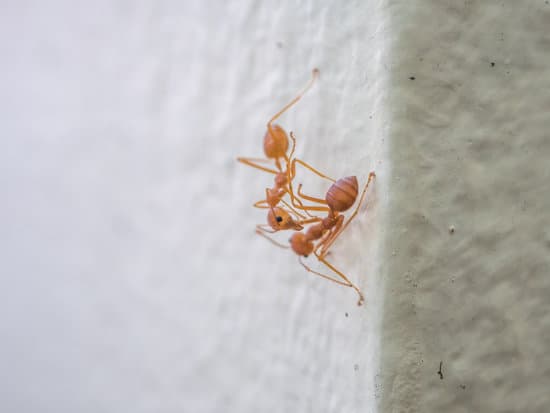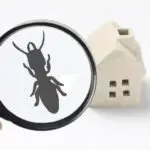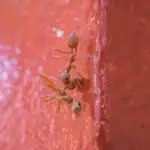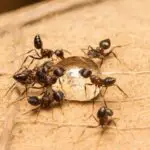How Can Ants See in the Dark?
Thousands of species of ants are known to exist on earth. They are distributed across almost every continent. They are adapted to live in the dark. They have a special system of communication and navigation.
The eyes of ants contain photoreceptors. These cells are responsible for converting light into an input. This information is then processed to extract color information. Ants use this information to navigate their environment. They also use the sun and the moon to track their position. They use this information to locate food.
In order to understand how ants perceive colors, it is important to understand how the photoreceptors function. Some species can distinguish between blue, green and ultraviolet light. They can also detect the polarity of sunlight. Some ants can perceive color even in low light levels.
The compound eyes of ants are made up of thousands of tiny lenses. Each of these lenses corresponds to one pixel in the image of the ant. This provides a large field of view and helps ants to form images. The number of ommatidia in an ant’s compound eyes determines how well they see in the dark.
The larger the ant’s eye, the more sensitive it is to light. Bigger ants are able to see more detail, including obstacles that are farther away. Smaller ants have fewer ommatidia, but their vision is poorer.
Ants’ eyes contain three different types of photoreceptors. The first type is the long-wavelength sensitive receptor. The second type is the middle-wavelength sensitive receptor. The third type is the dichromatic species. The dichromatic species can discriminate between the UV and blue regions of the spectrum.








